The radar's data architecture is designed to display DTTI’s pledgers and courses, organized through dynamic pages dedicated to Deep Tech Fields. Each course and pledger is linked to a dynamic list, updated in real-time from the client’s database, ensuring up-to-date content for users.
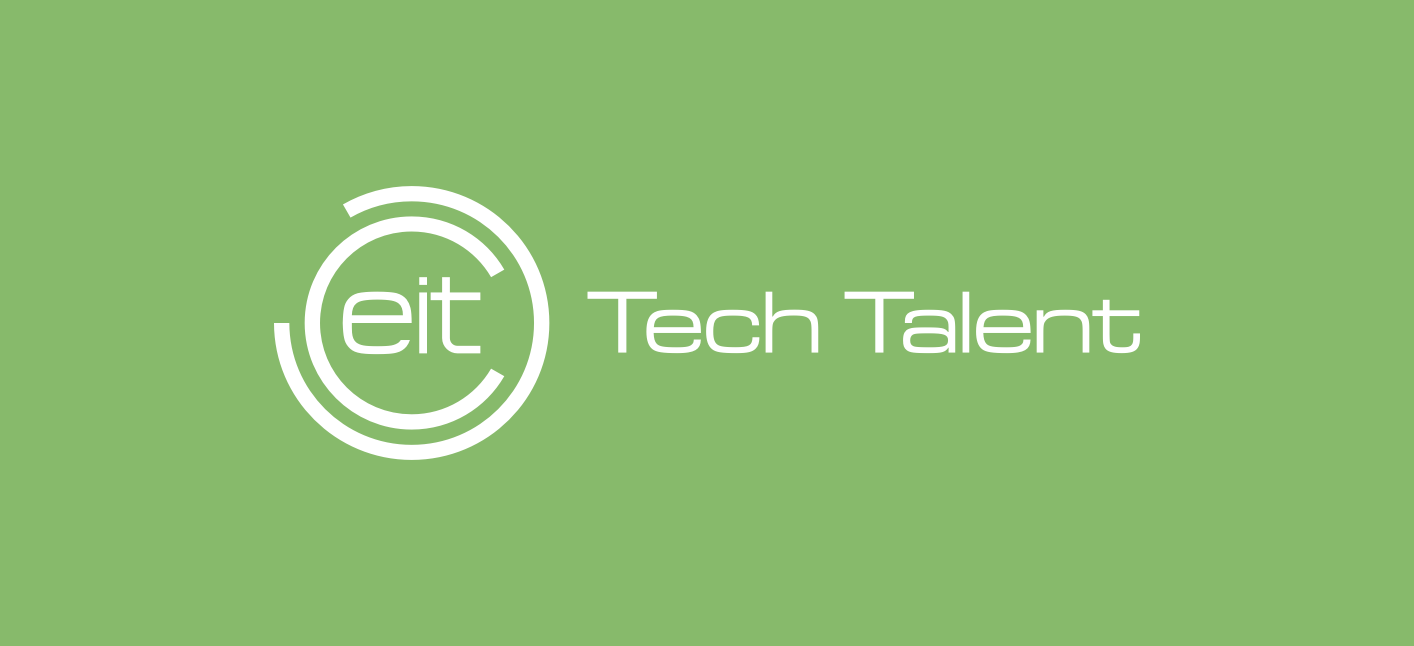 The EIT Deep Tech Talent Initiative (DTTI) radar highlights critical signals within the deep tech sector, alongside real-world use cases and contributions from project pledgers.
The EIT Deep Tech Talent Initiative (DTTI) radar highlights critical signals within the deep tech sector, alongside real-world use cases and contributions from project pledgers.In addition to organizing the custom metrics, we integrated regulatory barriers as a many-to-many tag system, enabling stakeholders to easily identify common regulatory challenges. This system allows users to visualize intersections between innovation and regulatory hurdles, enhancing their understanding of industry constraints.
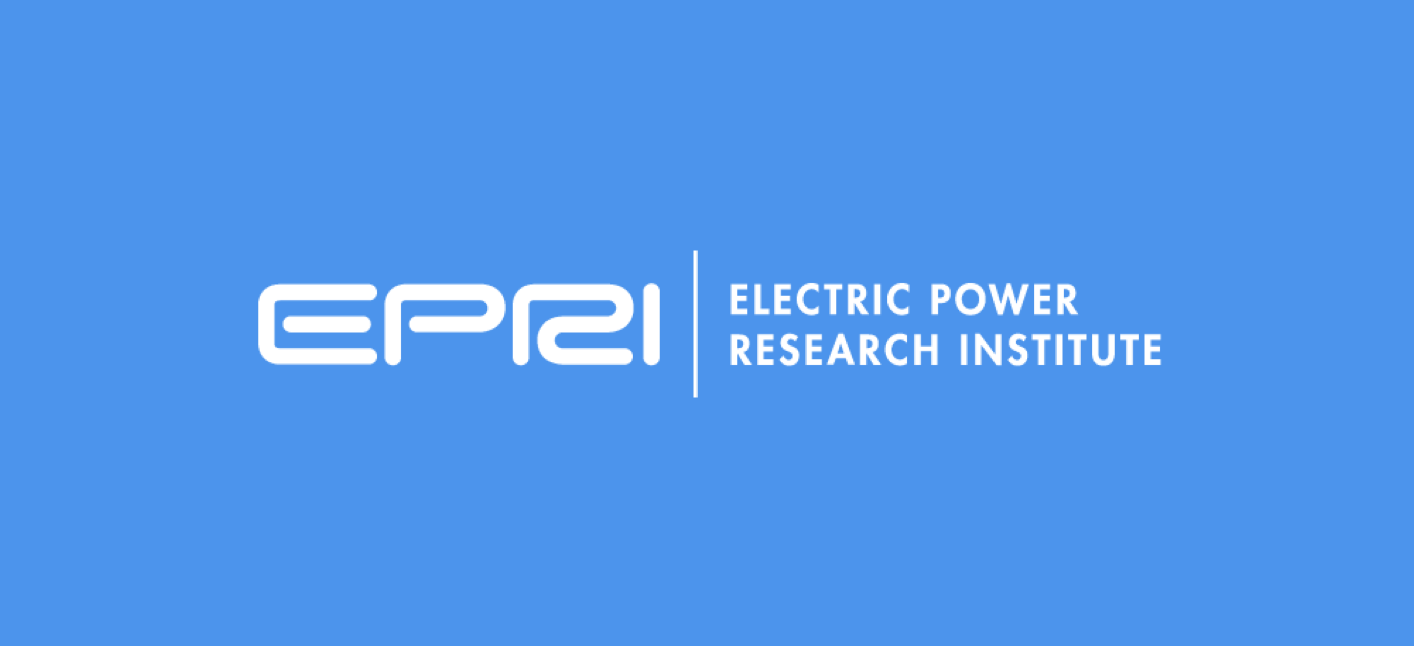 A joint initiative with the Electric Power Research Institute (EPRI) to identify and analyze emerging energy technologies that are driving innovation within the utility sector.
A joint initiative with the Electric Power Research Institute (EPRI) to identify and analyze emerging energy technologies that are driving innovation within the utility sector.We partnered with Horizon 2045 to design a custom data structure, optimizing the organization of crowdsourced signals. After multiple iterations, the signals were organized within a relational data framework, allowing for seamless integration into the radar format. This design ensures an intuitive, user-friendly experience for stakeholders analyzing complex data.
 Navigate the key forces and emerging issues shaping the future of global security.
Navigate the key forces and emerging issues shaping the future of global security.We developed a multi-layered navigation system to cater to different user personas, from students to investors, making sure different audiences can find the content they are looking for. By clustering emerging solutions, users can explore startups, products, and training within the EITM ecosystem. The radar is connected to a live-updating database, managed by EITM, ensuring up-to-date partners and courses. We also integrated a use-case feature linking directly to external use cases, providing practical, real-world applications.
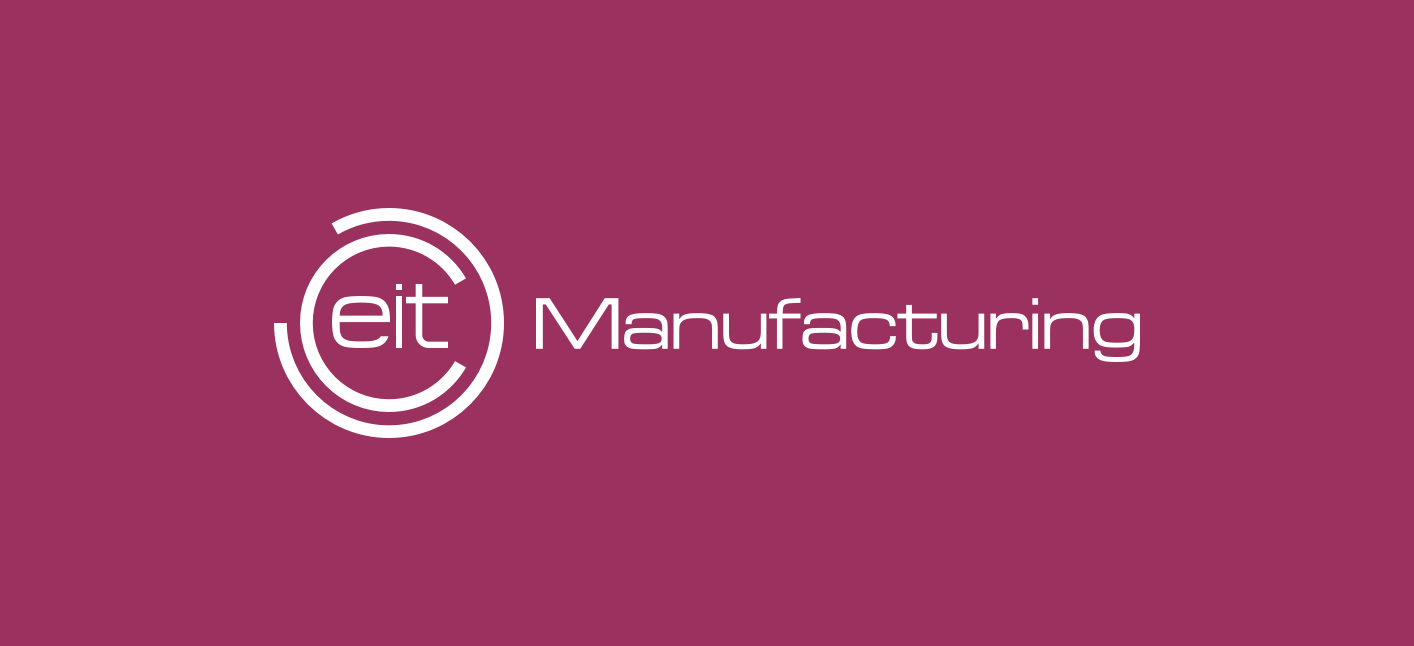 The European Institute of Technology (EIT) Manufacturing is leading the charge in equipping partner organizations for a high-tech future through its industry-specific tech radar, showcasing emerging manufacturing solutions.
The European Institute of Technology (EIT) Manufacturing is leading the charge in equipping partner organizations for a high-tech future through its industry-specific tech radar, showcasing emerging manufacturing solutions.The radar was built using a set of pre-existing signals, collaboratively sourced through workshops and processes led by the client. We organized and structured this data to fit seamlessly within the radar's interface, ensuring it was optimized for ease of use and effective data presentation.
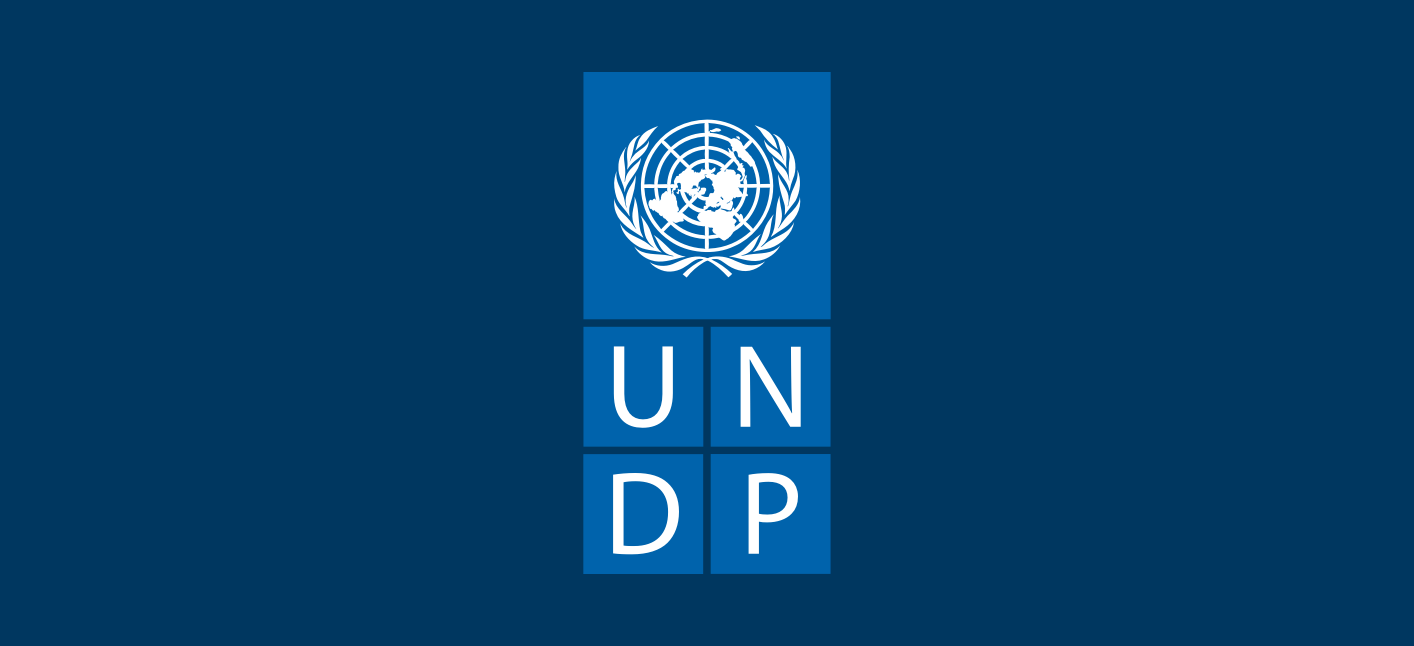 Developing a foresight radar in collaboration with UNDP Ukraine to track critical signals of change impacting the region.
Developing a foresight radar in collaboration with UNDP Ukraine to track critical signals of change impacting the region.The project’s data architecture was built around a custom methodology we co-developed with GIZ, which classified technologies into domains, applications, and methods. This structured the entire website, ensuring users could easily navigate between different types of content. techDetector became a destination website, not only for its technology radar but also for the editorial content that linked technologies to real-world applications and other formats. Our approach ensured that the platform’s layout provided clarity and depth for its users, making it both informative and interactive.
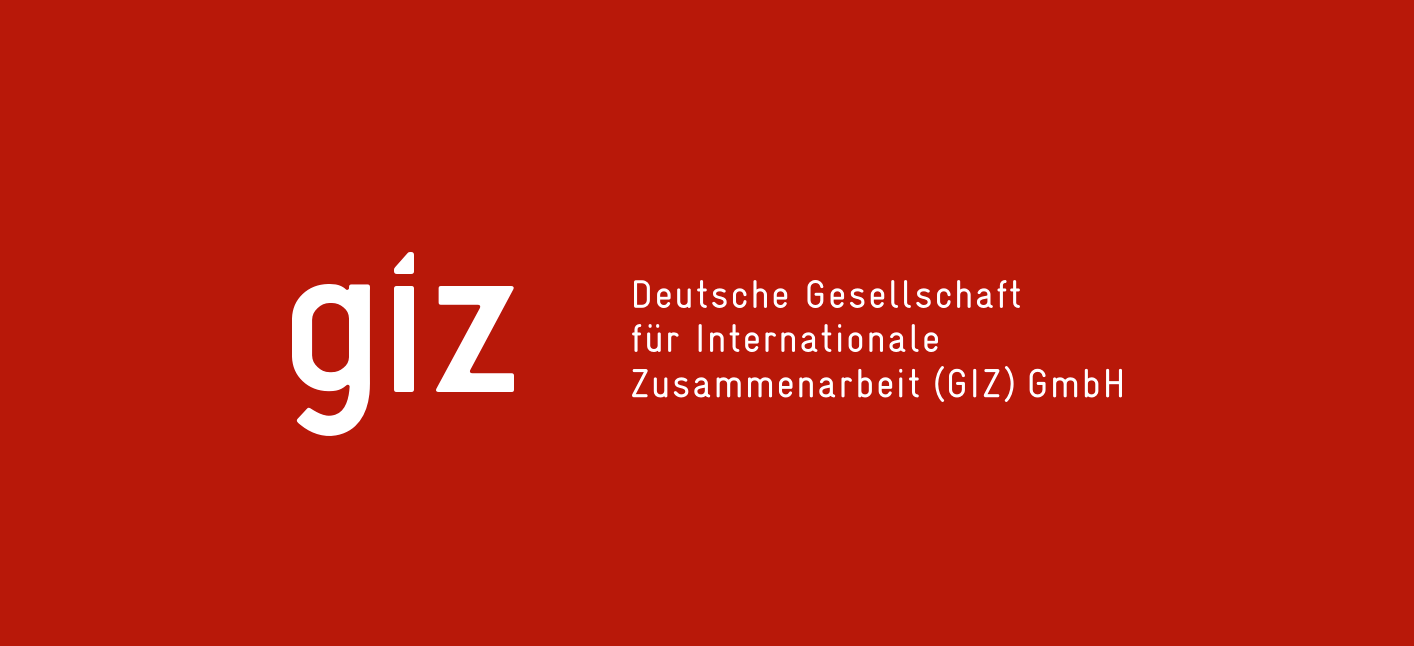 Analyzing the impact of emerging technologies on sustainable development for GIZ, Germany’s leading development agency.
Analyzing the impact of emerging technologies on sustainable development for GIZ, Germany’s leading development agency.We played a key role in assisting WIPO with the grouping and structuring of diverse technological signals. We helped integrate scattered worldwide patent data into a cohesive and presentable format, linking each technology entry to its corresponding patent data. This approach ensured that the radar was both informative and easy to navigate for users seeking insights into the global assistive technology landscape.
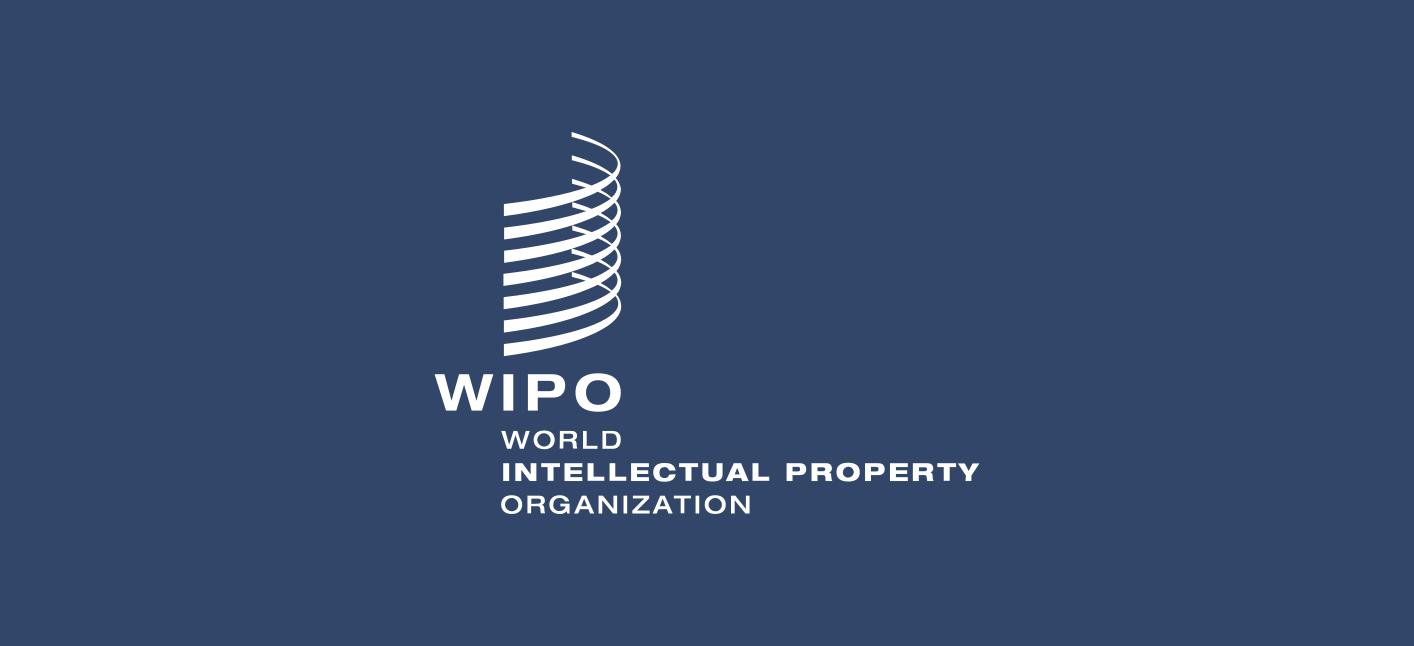 A collaborative project with WIPO, the World Intellectual Property Organization, to map out and visualize the landscape of Assistive Technologies and their corresponding patents.
A collaborative project with WIPO, the World Intellectual Property Organization, to map out and visualize the landscape of Assistive Technologies and their corresponding patents.We systematically categorized and tagged technologies based on key criteria such as Technology Readiness Level (TRL), Sustainable Development Goals (SDGs), Domains, and Industries. This structured approach provided a detailed, multifaceted view of each technology's potential impact, ensuring relevance for a wide range of stakeholders and industries.
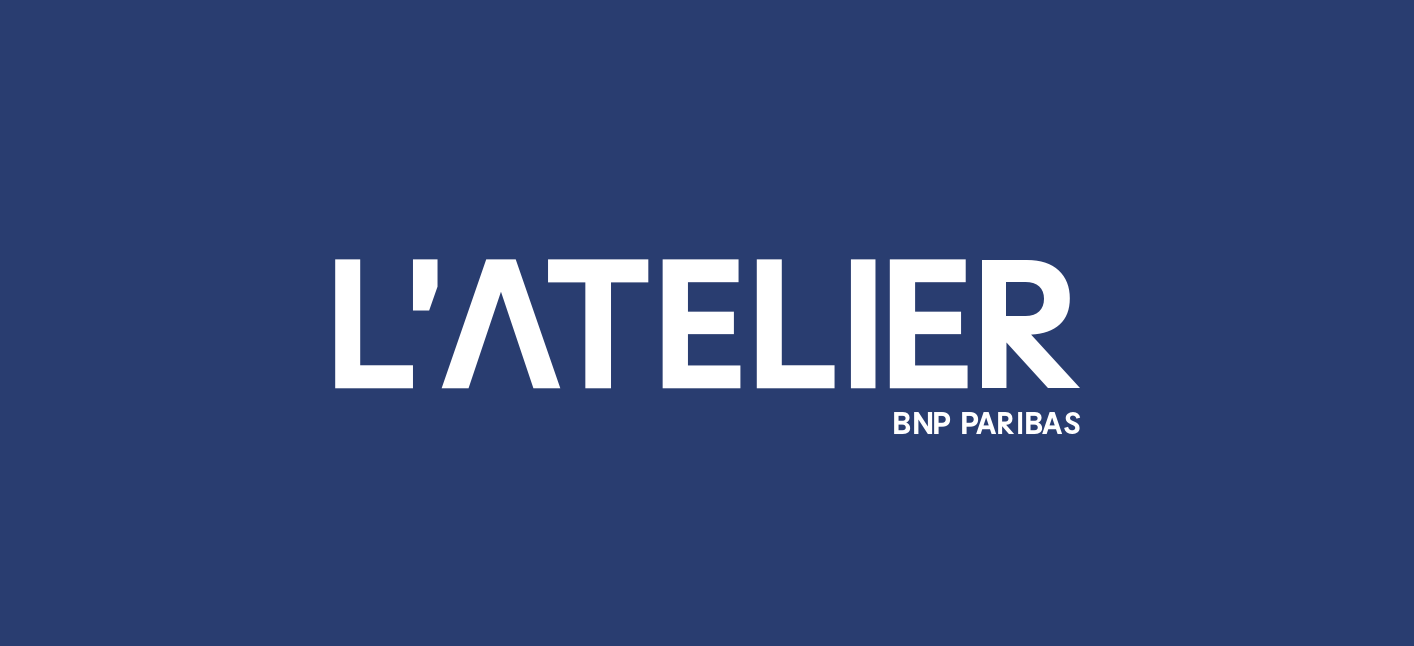 A deep dive into the emerging technologies that are driving the convergence of analogue and virtual worlds, blending realities to shape the digital future.
A deep dive into the emerging technologies that are driving the convergence of analogue and virtual worlds, blending realities to shape the digital future.